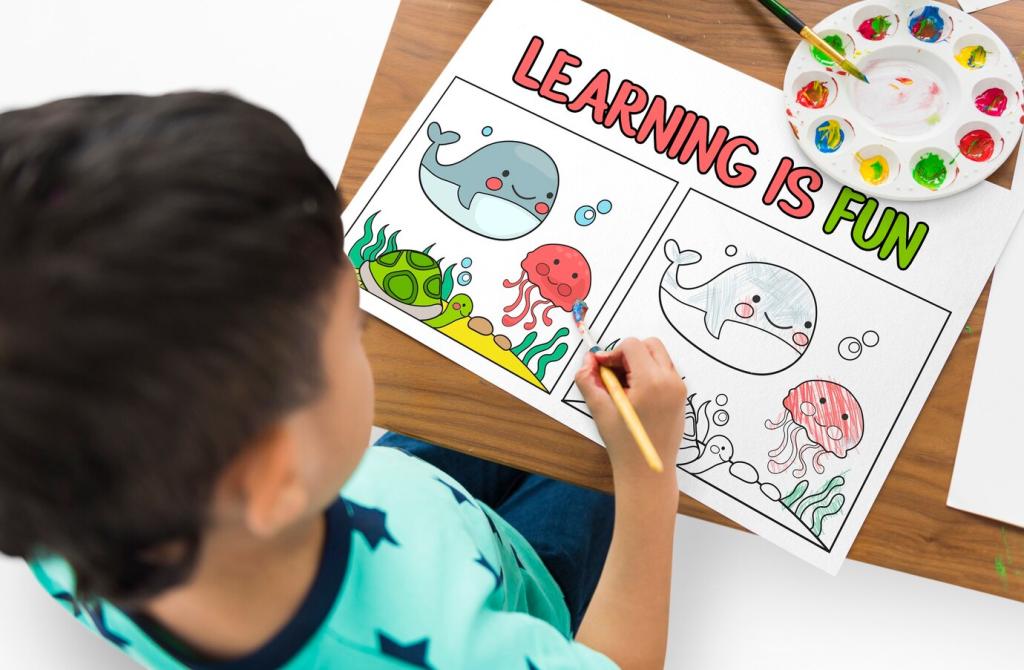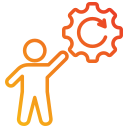Effective Speed Reading Drills for Beginners
Chosen theme: Effective Speed Reading Drills for Beginners. Welcome! Today we’ll build real momentum with friendly, practical drills that grow speed without sacrificing comprehension. Set a goal, grab a timer or metronome, and let’s begin shaping a focused, joyful reading routine together. Share your starting words-per-minute in the comments and subscribe for weekly drill plans.
Your Baseline: A Clear Starting Point
Pick a clean, non-technical article of about 700–900 words. Read normally for one minute, mark where you stop, and test comprehension by writing two sentences about the main idea. Calculate words-per-minute and keep that number. Comment your baseline below to stay accountable and inspire other beginners starting Effective Speed Reading Drills for Beginners.
Eye Movements 101: Fixations and Saccades
Your eyes pause briefly on clusters of words (fixations) and jump between them (saccades). Beginners often over-fixate and regress. Trace a smooth pointer under each line to reduce unnecessary backtracking. With effective speed reading drills for beginners, you’ll train steadier sweeps, fewer pauses, and sharper focus on meaningful chunks.


Core Drills: Build Speed Without Losing Meaning
Use a pencil to guide your eyes smoothly across each line. Do three passes over the same page: first at a comfortable pace, second 20 percent faster, third as a controlled sprint. Aim for fluid motion rather than perfect understanding on the sprint pass. Then reread normally to confirm comprehension. Share your best WPM with this foundational beginner drill.
Core Drills: Build Speed Without Losing Meaning
Train your eyes to group words. On pass one, consciously read two words per fixation. On pass two, target three or four words per fixation. On pass three, keep the grouping but reduce inner speech. Use simple, predictable text at first. This Effective Speed Reading Drill for Beginners quickly builds confidence in recognizing patterns and phrases rather than single words.
Glance at headings, bold terms, and first sentences to form a map. Ask two or three questions the text should answer. Read at your trained pace, then close the book and recall aloud for thirty seconds. This Effective Speed Reading framework strengthens focus by giving your attention a destination before speed ramps up.
Comprehension First: Stay Fast and Understand
During practice, pencil tiny anchors in margins: keywords, arrows, or one-word labels per paragraph. Keep markings minimal to avoid slowing down. After each page, scan your anchors to reconstruct the flow. This drill helps beginners keep track of key ideas while maintaining forward motion, a core benefit of effective speed reading drills.
Comprehension First: Stay Fast and Understand
Habit Architecture: Make Practice Stick
Practice for ten minutes in the morning and five at night. Rotate drills to avoid fatigue. Keep texts easy enough to succeed, then gradually add challenge. A tiny ritual—same chair, same timer—tells your brain it is time to focus. Share your ideal session length so others can model a sustainable beginner routine.
Habit Architecture: Make Practice Stick
Use a simple sheet: date, text type, baseline WPM, sprint WPM, comprehension score out of five, short notes. Look for upward trends across a week rather than day-to-day swings. Celebrate stability as much as spikes. Tracking makes Effective Speed Reading Drills for Beginners objective and motivating, especially during plateaus.
Tools, Texts, and Environments That Help
Begin with narrative non-fiction, clear essays, or well-edited articles. Avoid dense technical papers until your control improves. Aim for familiar topics so background knowledge boosts comprehension at higher speeds. Tell us which sources feel smoothest for you; your suggestions help other beginners discover friendly training texts.




